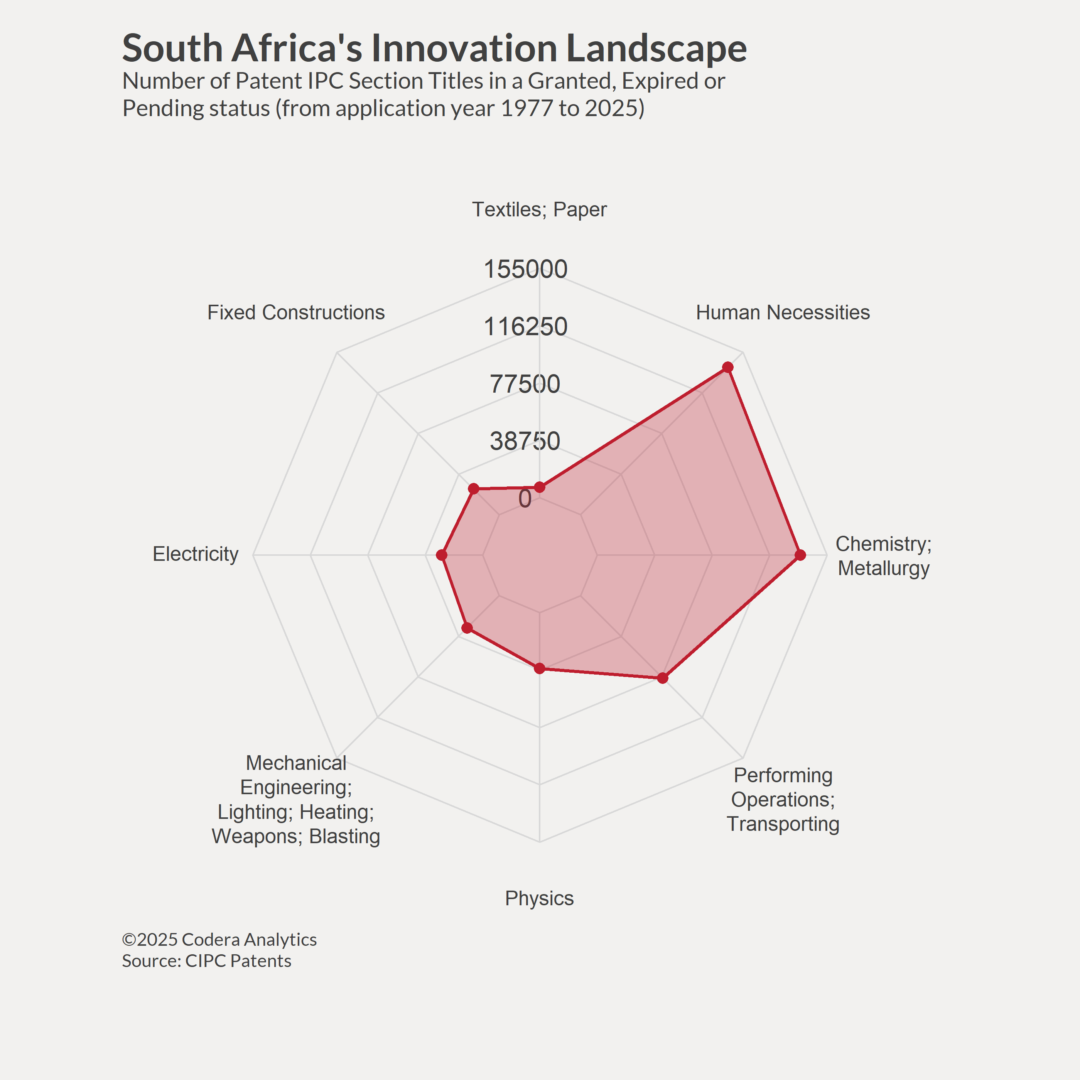Some countries with developed financial systems have low ratios of narrow money to GDP as individuals and firms use financial instruments other than cash and checking deposits to manage their money. However, since the global financial crisis of 2008/9, interest rates have been at historical lows which has meant that the opportunity cost of holding money in cash or in low interest accounts has been much lower than historically has been the case. In many countries (and the US in particular), central banks have also injected liquidity into the banking system leading to an increase in money supply. 
In South Africa, rising interest rates since late 2022 has seen banking deposits increase with higher offered rates of interest, but the weak credit environment has kept a lid on growth in monetary aggregates.
The US has experienced a large increase in M1 in total money supply, reflecting a change in US banking regulations that affected how US banks report on transaction account and savings account balances.

Footnote
M1 money supply comprises physical money plus the cheque and transmission deposits. M1 is subject to an opportunity cost associated with not earning much interest on such balances. M2 adds savings deposits and other deposits with the domestic private sector and M3 adds long-term deposits with monetary institutions held by the
domestic private sector. M2 and M3 balances tend to earn a higher rate of interest.

